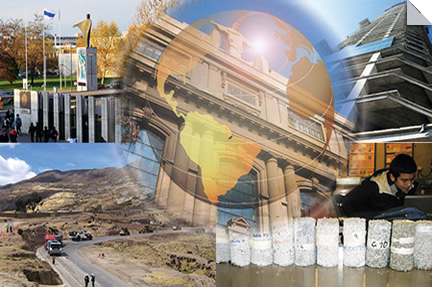Gravity methods as a tool to calculate greenhouse gas emissions from road traffic in urban planning
Keywords:
Greenhouse gas, gravity model, urban design, urban planning, road trafficAbstract
This paper proposes a methodology for estimating greenhouse gas emissions from road traffic. The method uses information about the cities and their growth estimates in order to model traffic by using a gravity model. These kind of mathematical models allow study the number of trips “originated in” or “destined for” a particular area and distribute them to calculate the greenhouse gases emissions from these trips. In this way the information regarding these emissions can be used in urban planning phase and preventive and compensatory measures can be included in these processes.


